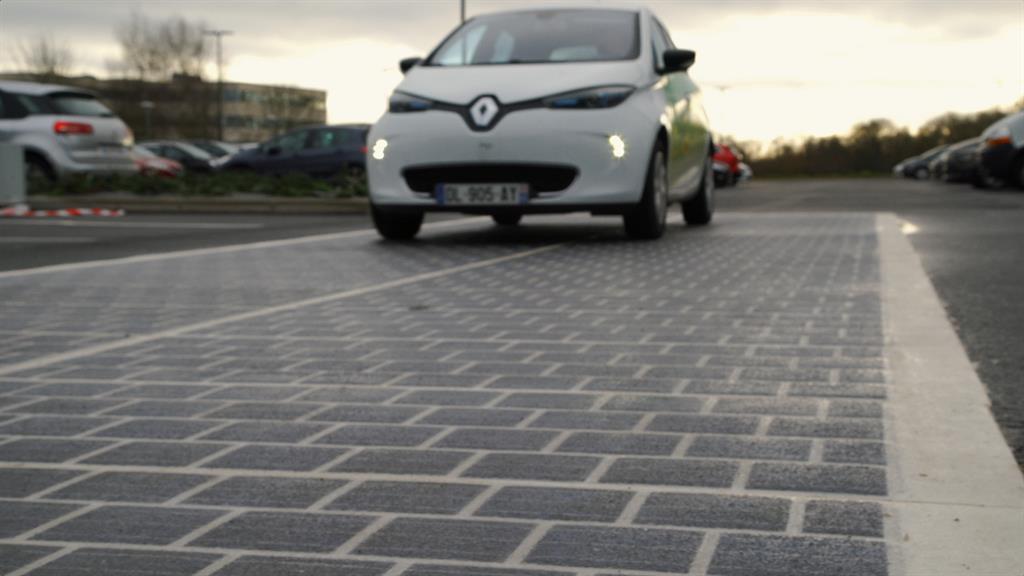Building the roads of the future is an exciting business in which to be. Cities all over the world are embracing technologies that will reinvent the highway as we know it today. Imagine that you are cruising on your motorcycle and around the next bend is a section that is in the shadow of a mountain pass and is covered in a thin layer of ice.
You are looking at a skid at best and a visit to the hospital at the worst. Now imagine you are on a highway that has temperature sensitive wires underneath the asphalt. When they register temperatures that cause ice to form, luminous blue snowflake icons appear on the road surface. This is how the newest innovations are about to change the face of pavement engineering as we know it.
Roads And Pavement Of The Future

Currently, most roads comprise of asphalt concrete. As anyone in the construction business knows, this is a composite of mineral aggregate and bitumen. The layers consist of a foundation of aggregate base, approximately 0.7 inches of intermediate filler, and half an inch of surface. This tried-and-tested formula is used in the construction of roads all over the country.
In the future, roads will be made from new surface materials, and construction companies will use paving estimating software that incorporates this change to innovative materials. These new technologies will expand into other areas of construction work such as landscaping projects. This will be of significant use when complicated estimates are necessary for oddly-shaped paved areas.
Solar Energy Roads And Pavements

Currently, testing is ongoing in the United States at Sandpoint, Idaho to see if roads and vast expanses of pavement can incorporate specially-toughened solar panels. The durable panels would then be used to provide an alternative means of power to generate electricity to surrounding areas.
Up to now, solar panels had to be placed at a specific angle to catch the sun’s rays at optimum times of the day. The trials are also concerned with the strength of the panels and how much it would be to install them all over the country.
The Green Initiative
More companies are turning to environmentally-friendly methods of paving. For every square footage of tarmac or paving stones laid, there is often a request to offset it with an equal amount of lawn, bushes, or trees. The days of building requests for large areas of concrete and slabs of bricks are becoming less frequent.
New surface materials are being developed that will turn the pavement industry on its head. Symbols will appear on road surfaces to alert drivers if the weather conditions are too hot or too cold for conventional driving methods, and it won’t be long before we see the same technology in sidewalks in parks, gardens, and city centers.
The future looks very exciting for pavement engineering indeed.

